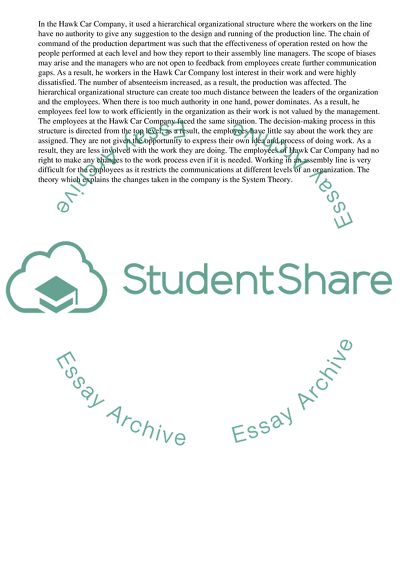Cite this document
(What Management Style Works Better and Why Assignment, n.d.)
What Management Style Works Better and Why Assignment. Retrieved from https://studentshare.org/management/1481865-organisations-and-behaviour
What Management Style Works Better and Why Assignment. Retrieved from https://studentshare.org/management/1481865-organisations-and-behaviour
(What Management Style Works Better and Why Assignment)
What Management Style Works Better and Why Assignment. https://studentshare.org/management/1481865-organisations-and-behaviour.
What Management Style Works Better and Why Assignment. https://studentshare.org/management/1481865-organisations-and-behaviour.
“What Management Style Works Better and Why Assignment”, n.d. https://studentshare.org/management/1481865-organisations-and-behaviour.


